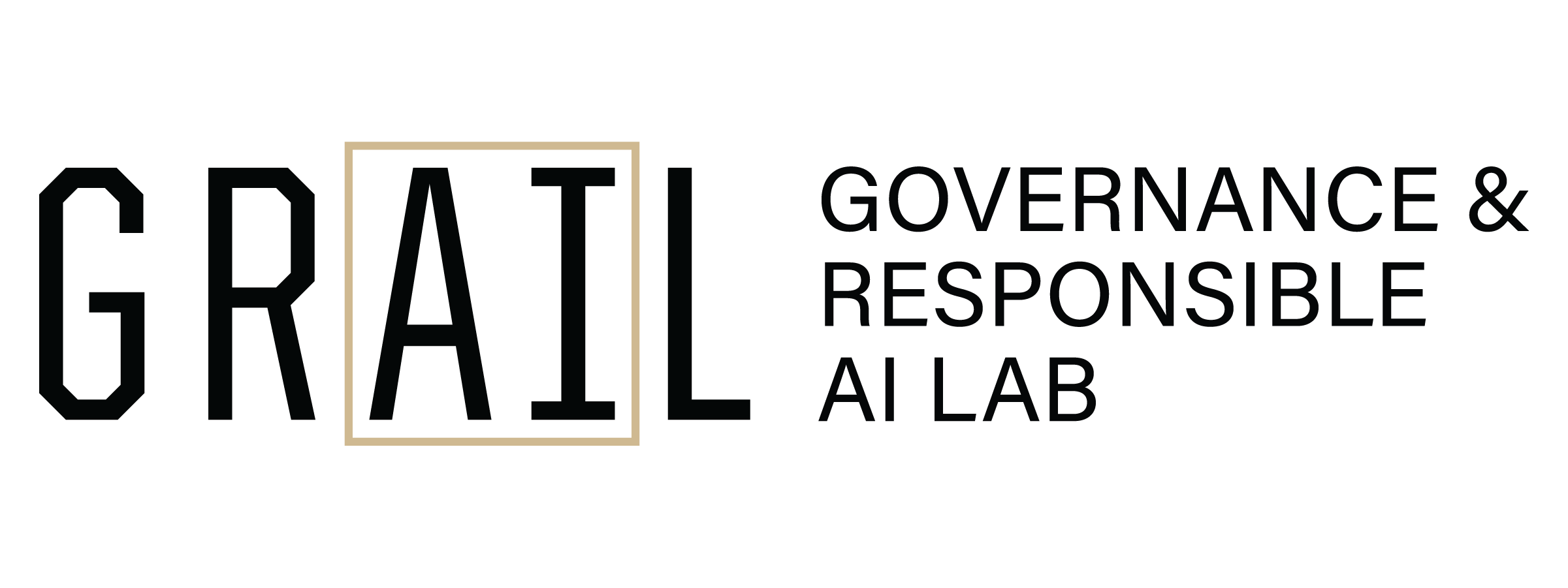
AI, Policy, and Power
By drawing on the advocacy coalition framework that emphasizes the centrality of beliefs amongst coalitions (or groups) of actors, this study investigates the deep core beliefs, policy core beliefs, and secondary beliefs of a subset of actors in AI policy (the citizens and civil society and advocacy groups).
Executive Summary
Conceptualization and measurement of stakeholder power is central to the democratic process of policymaking and has been at the heart of interest group and lobbying literature. AI policymaking in the United States is in the agenda setting phase (Schiff, 2022), wherein new actors (or actor groups) are evolving and engaging with each other for exchange of information, ideas, and perspectives. Competition (or prioritization) of ideas plays a key role in how policy agendas are formulated, and which ideas get prioritized is often a function of the power exercised by the actor proposing the idea (Greer, 2017). While there are multiple perspectives, and inputs being received, there is a lack of baseline understanding on the beliefs of actors, ownership of resources and how this affects the interactions and influence amongst various actors. Drawing on the advocacy coalition framework that emphasizes the centrality of beliefs amongst coalitions (or groups) of actors (Jenkins-Smith & Sabatier, 1994), we investigate the deep core beliefs, policy core beliefs and secondary beliefs of a subset of actors in AI policy - the citizens, and civil society and advocacy groups. For this, we undertake quantitative text analysis of public comments on AI regulations in the United States in the last three years to identify the emerging beliefs and coalitions of actors. The preliminary analysis suggests the emergence of coalitions glued around ethical, precautionary, innovative and public engagement beliefs. Additionally, we map the access to and ownership of resources of actors - material including funding, grants and investments in lobbying, and immaterial including perceived expertise, and access to information and data, and examine the strategic interaction based on the perception and anticipation of these resources. Recognizing that the translation of beliefs into policy outcomes is nested in the material and immaterial resources of actors, the study analyzes the interplay between beliefs and resources to model the visible and invisible power relations between actors.
